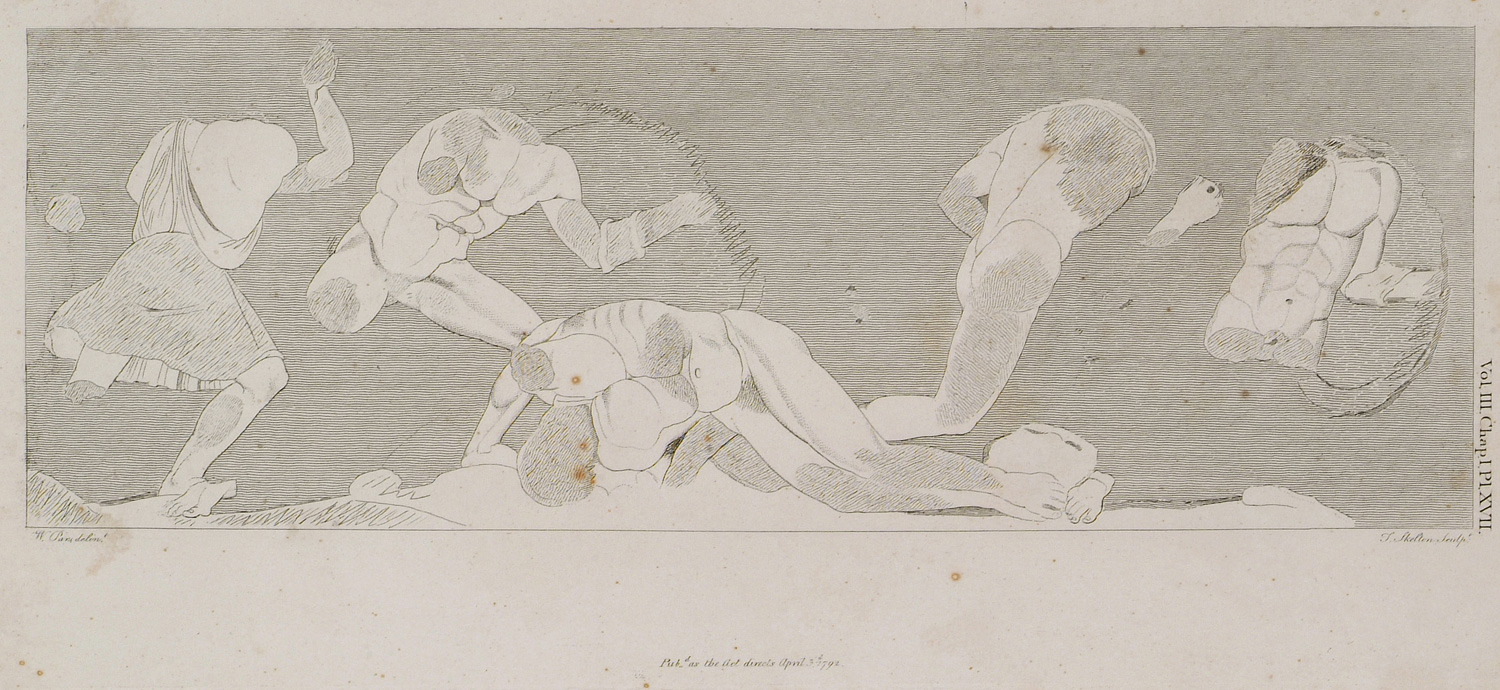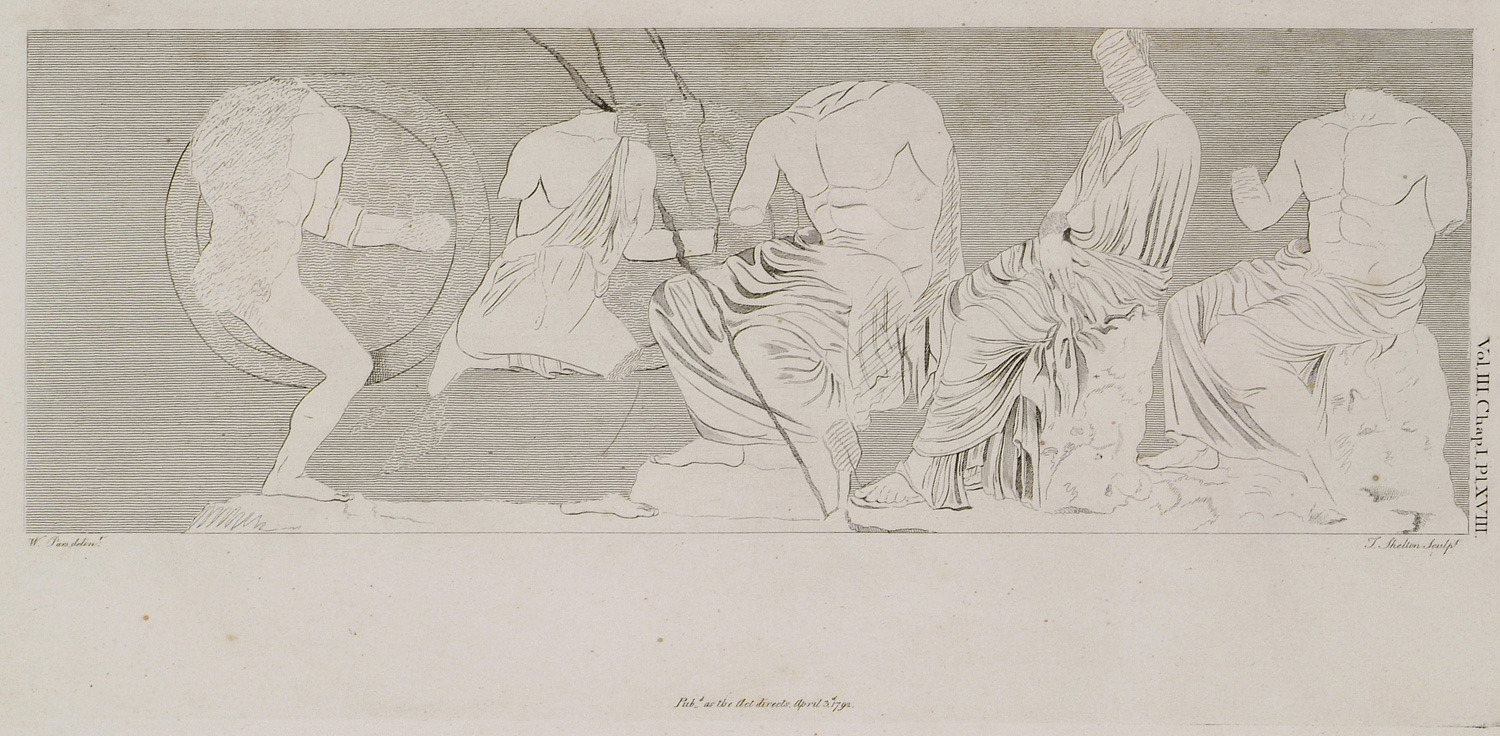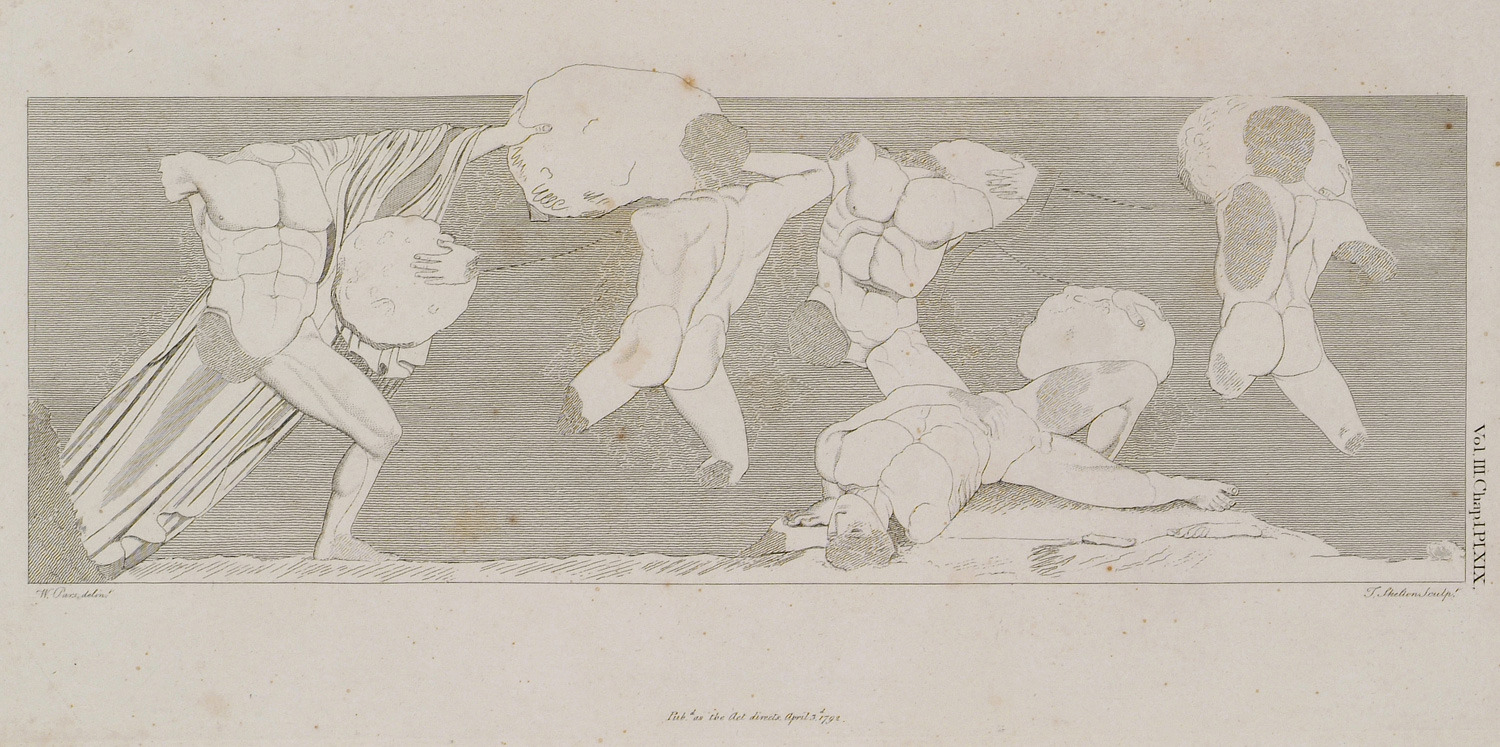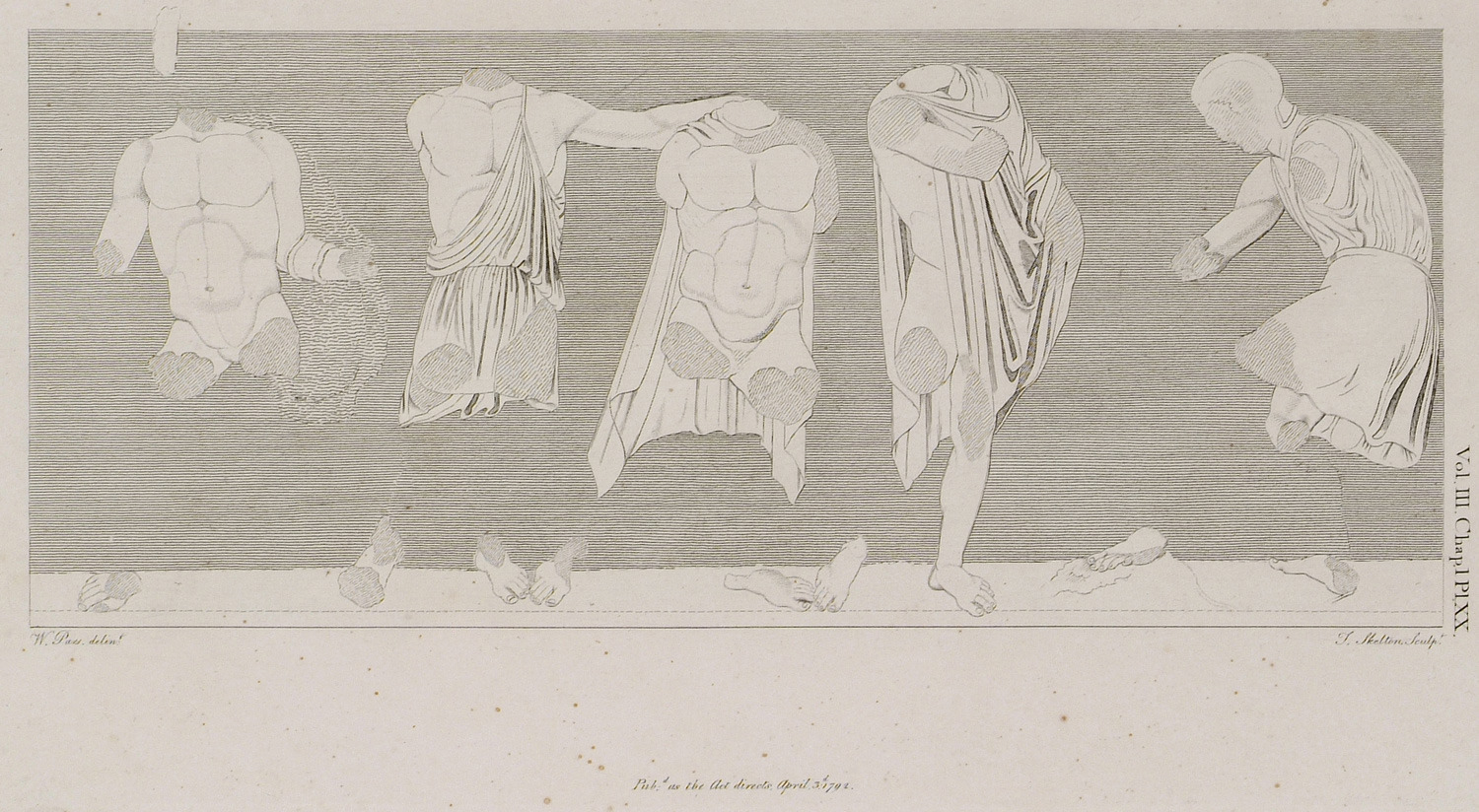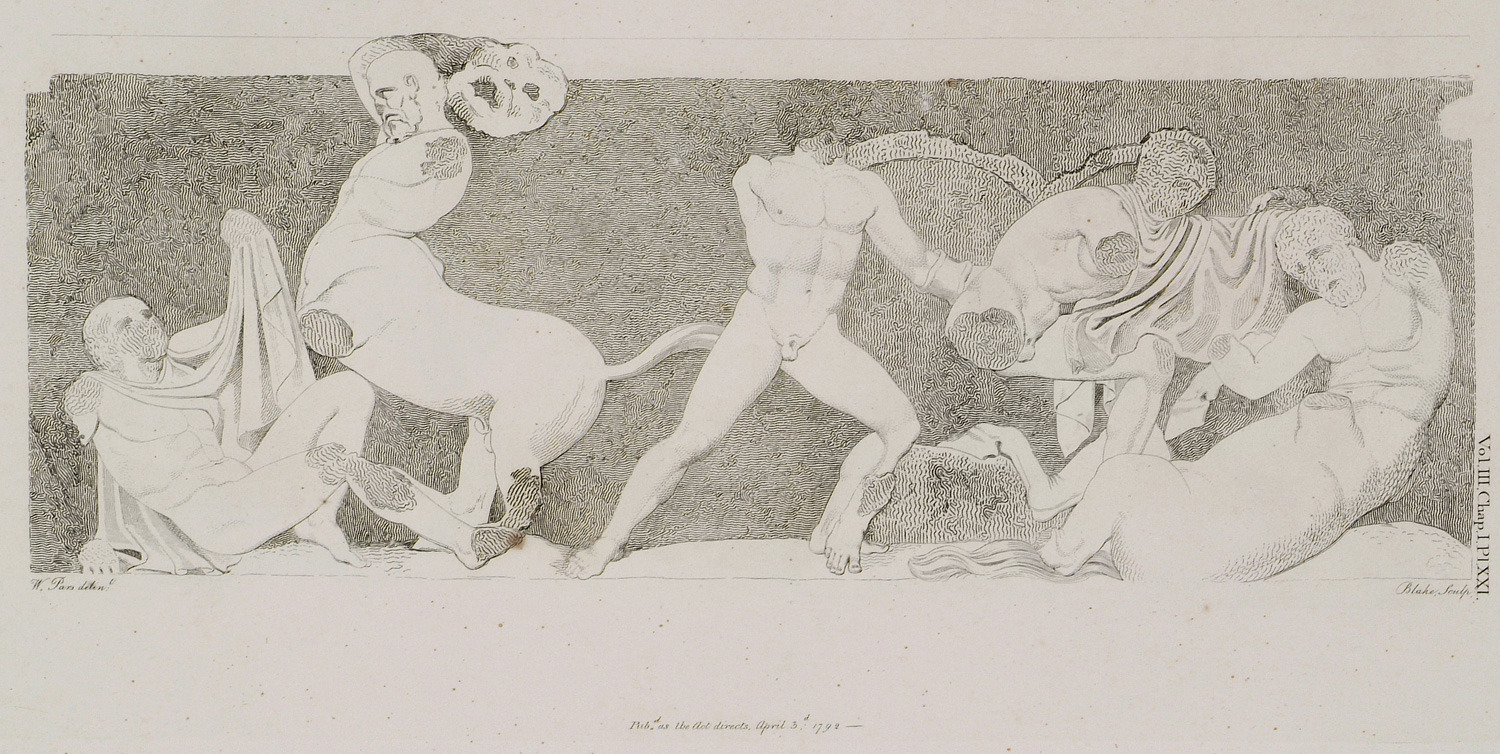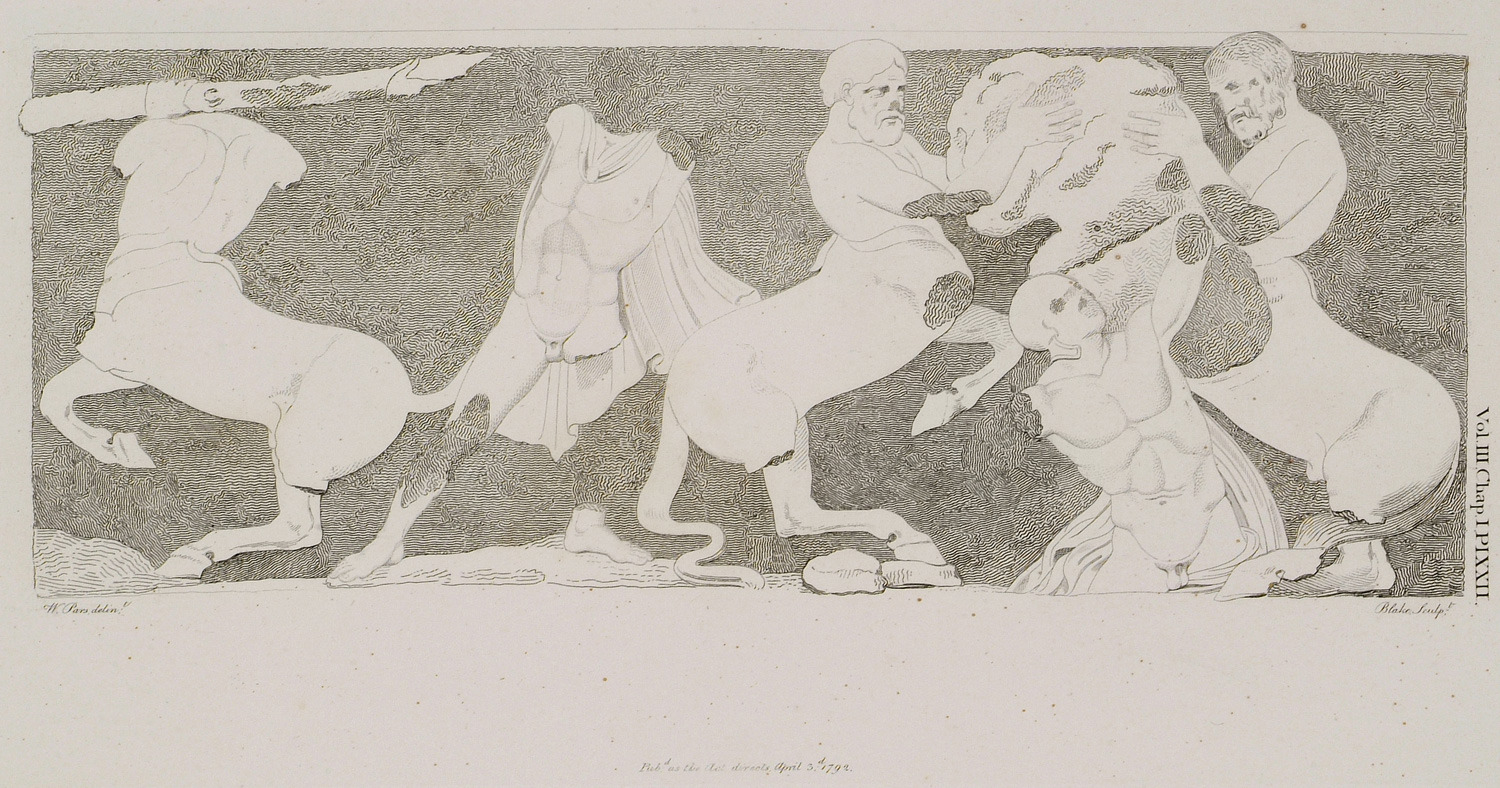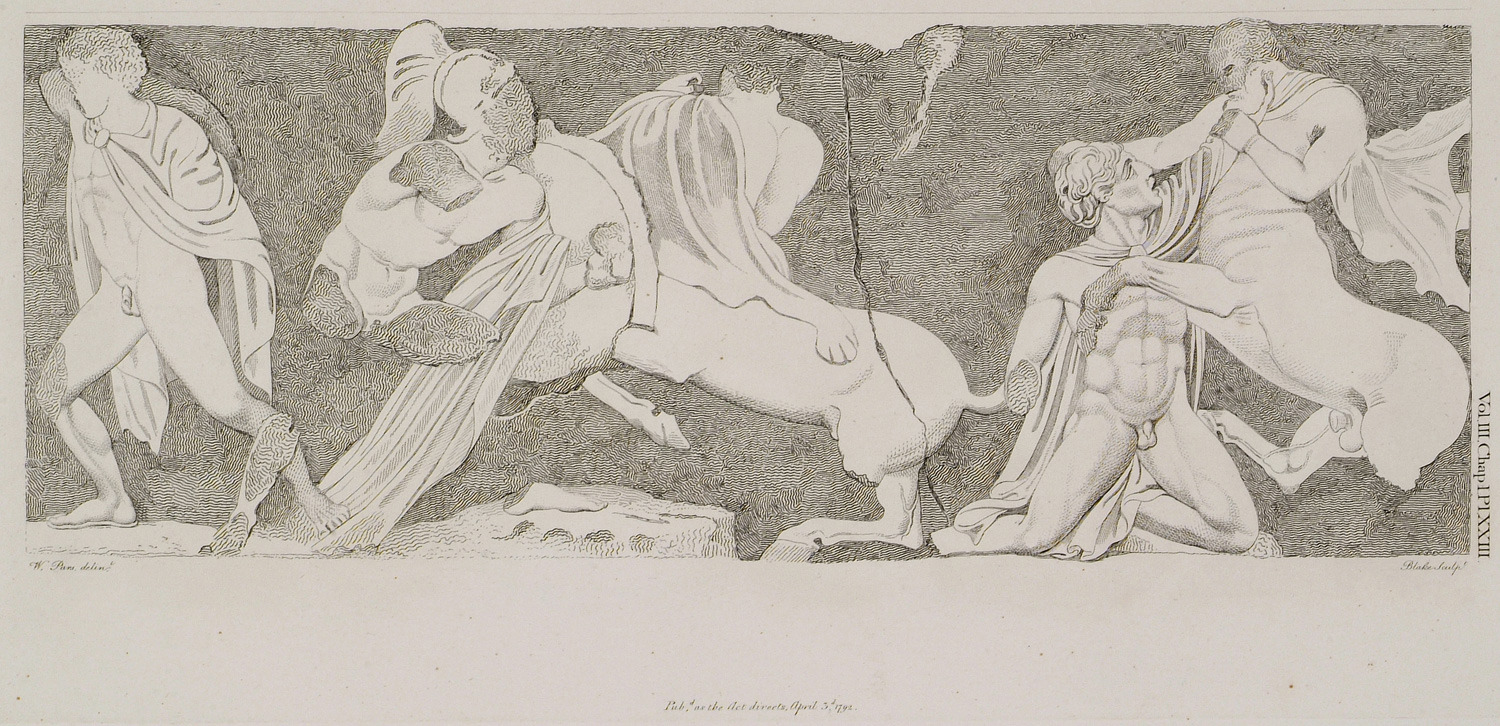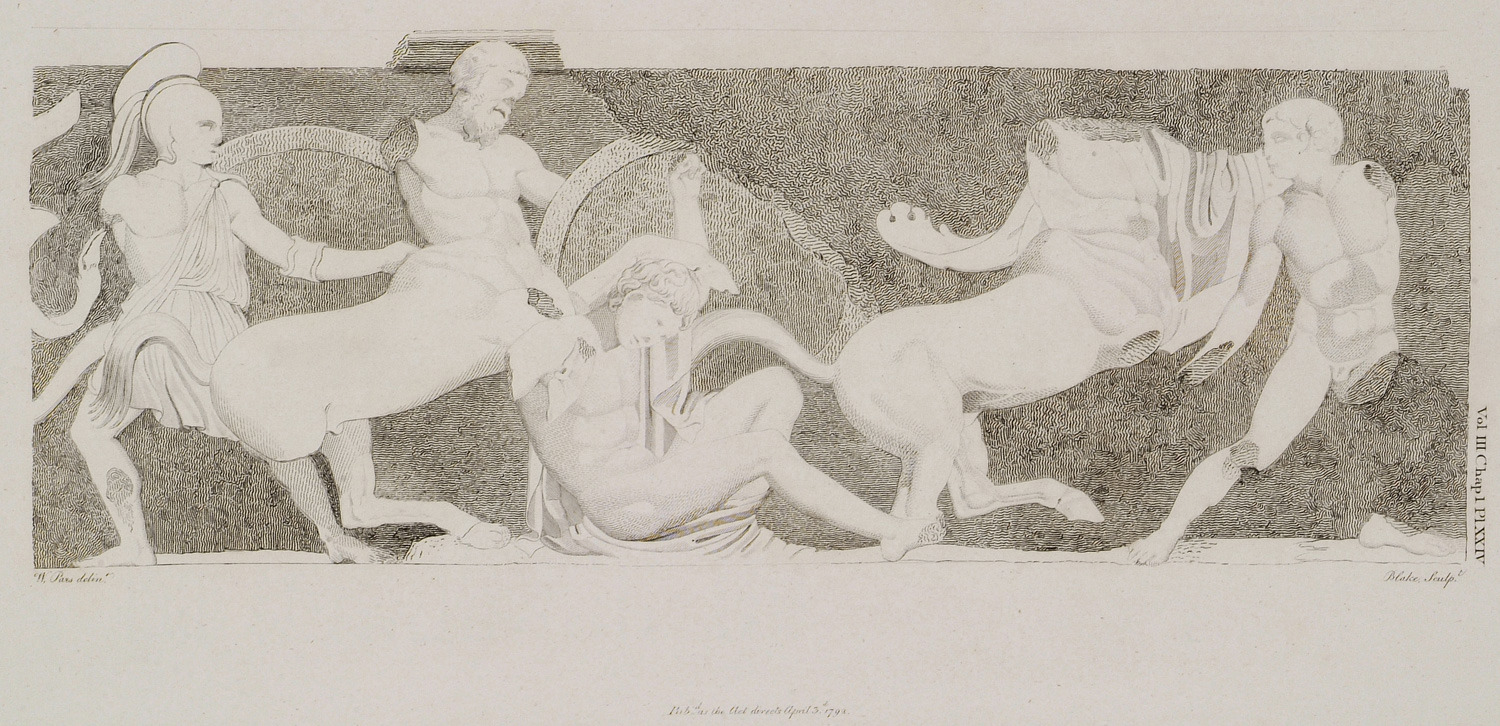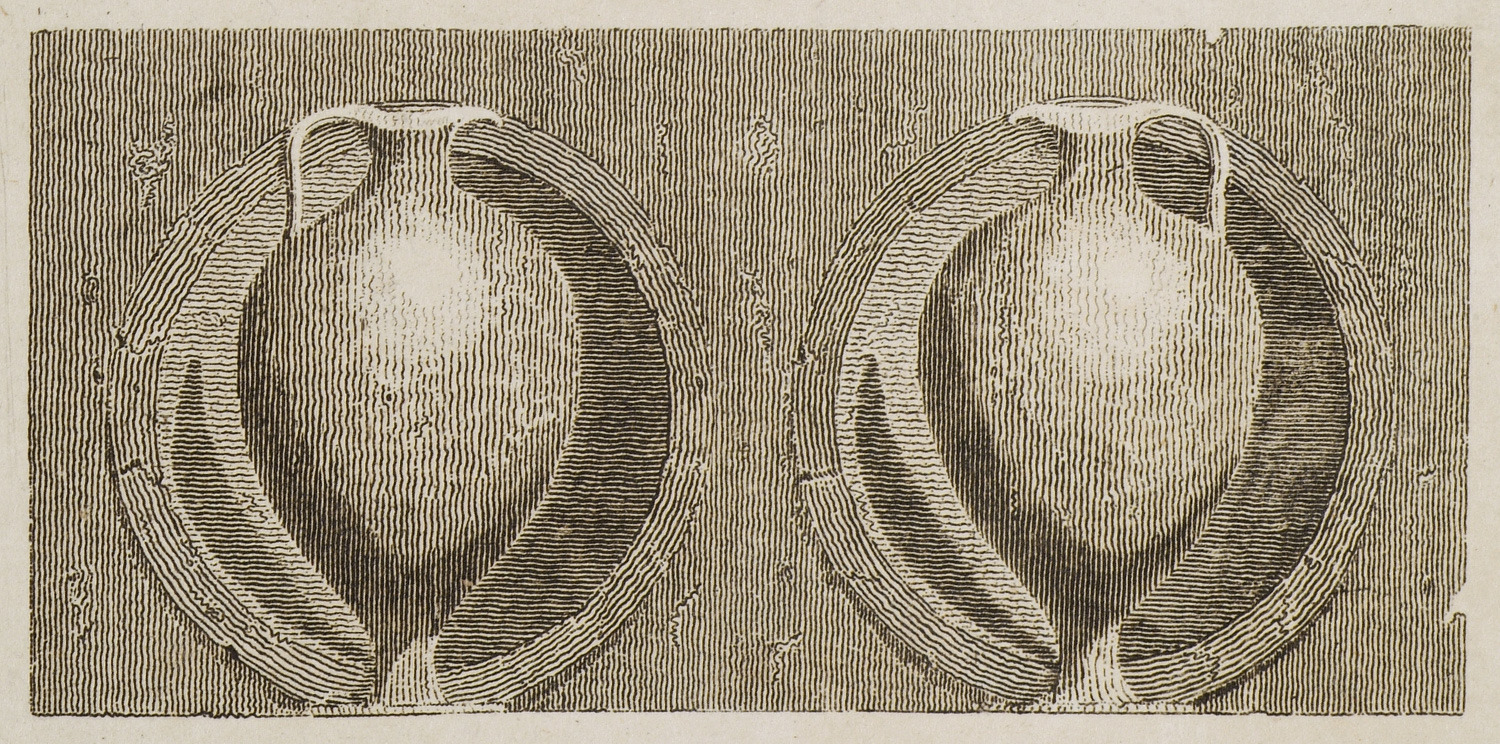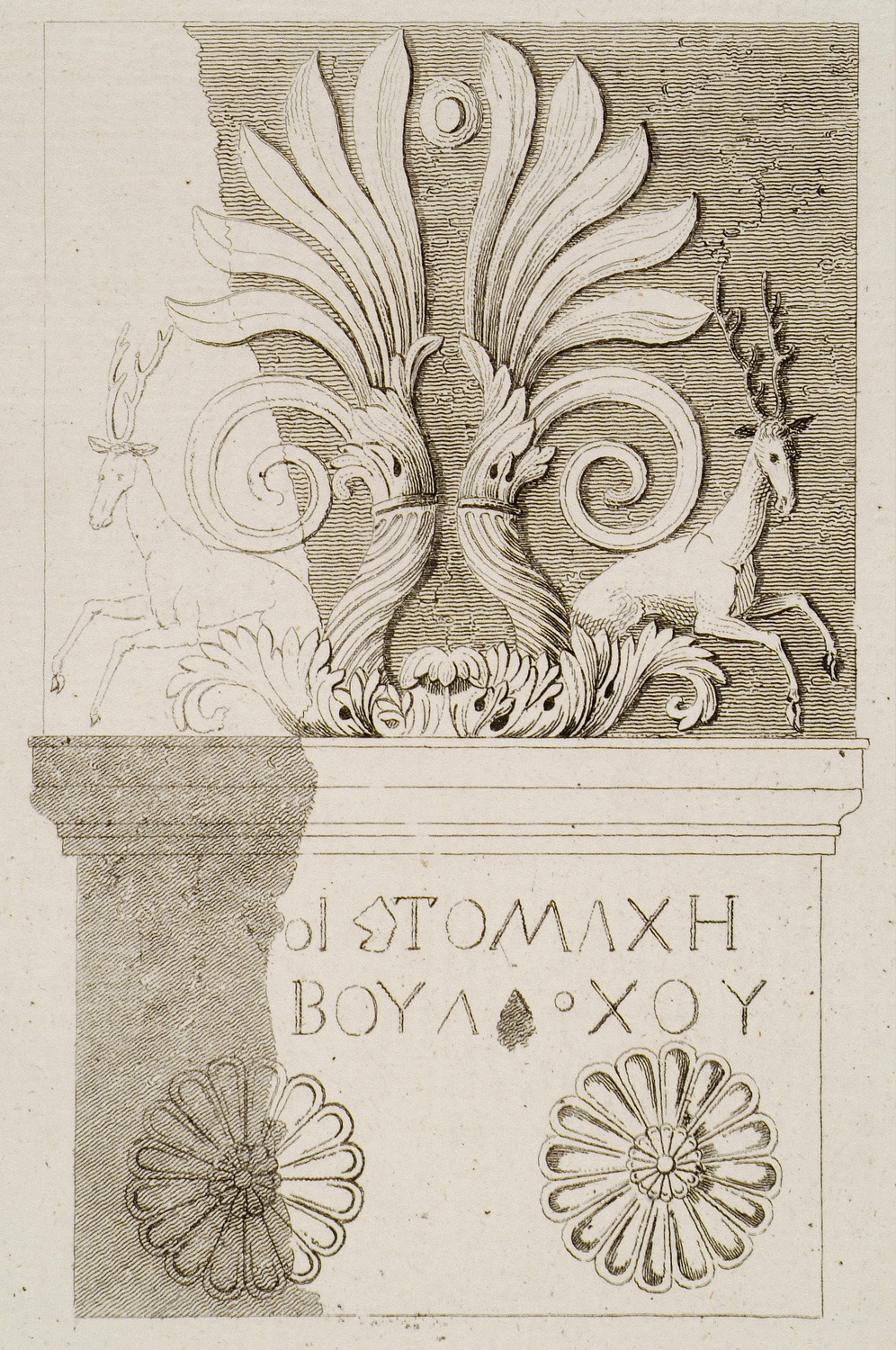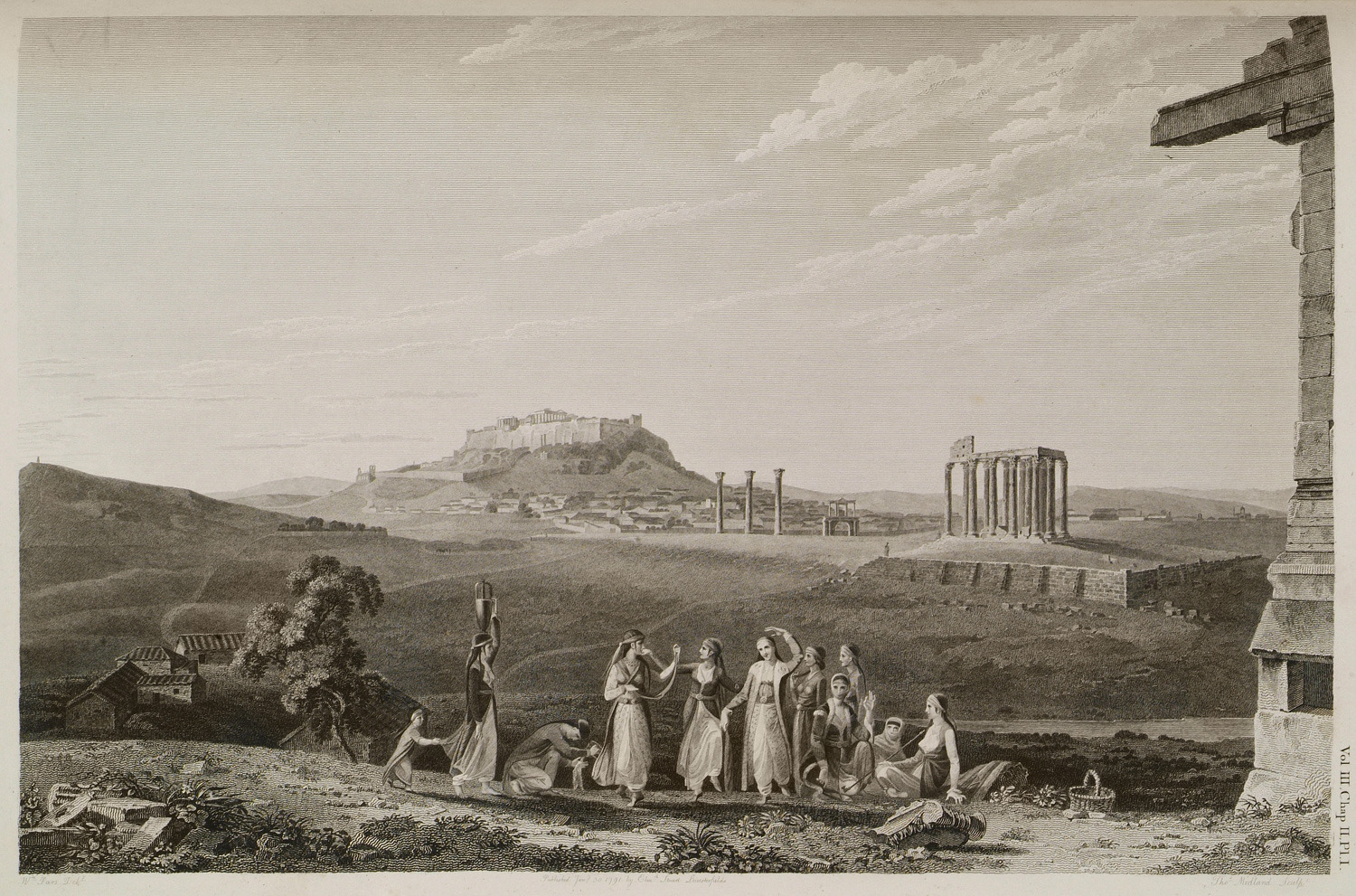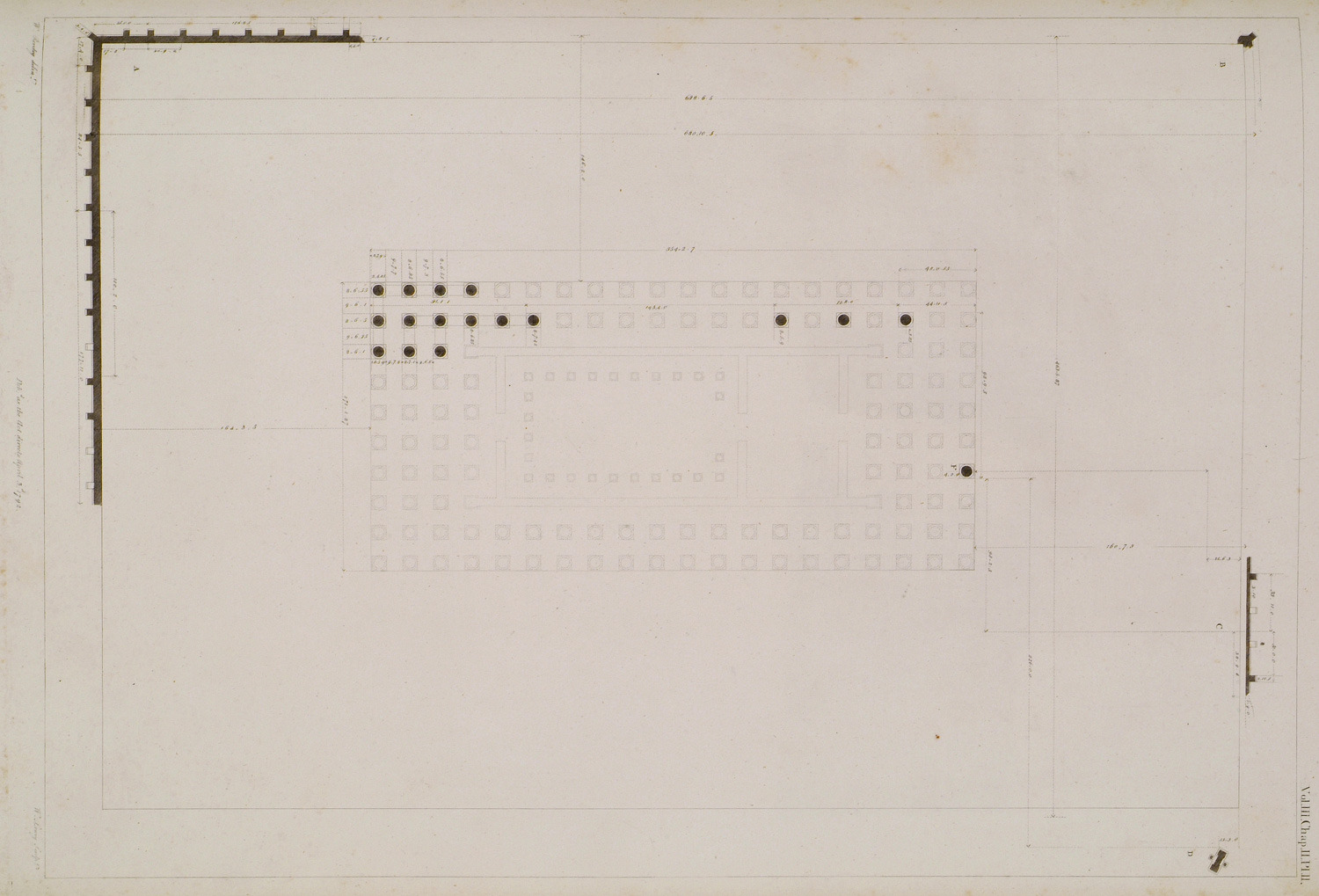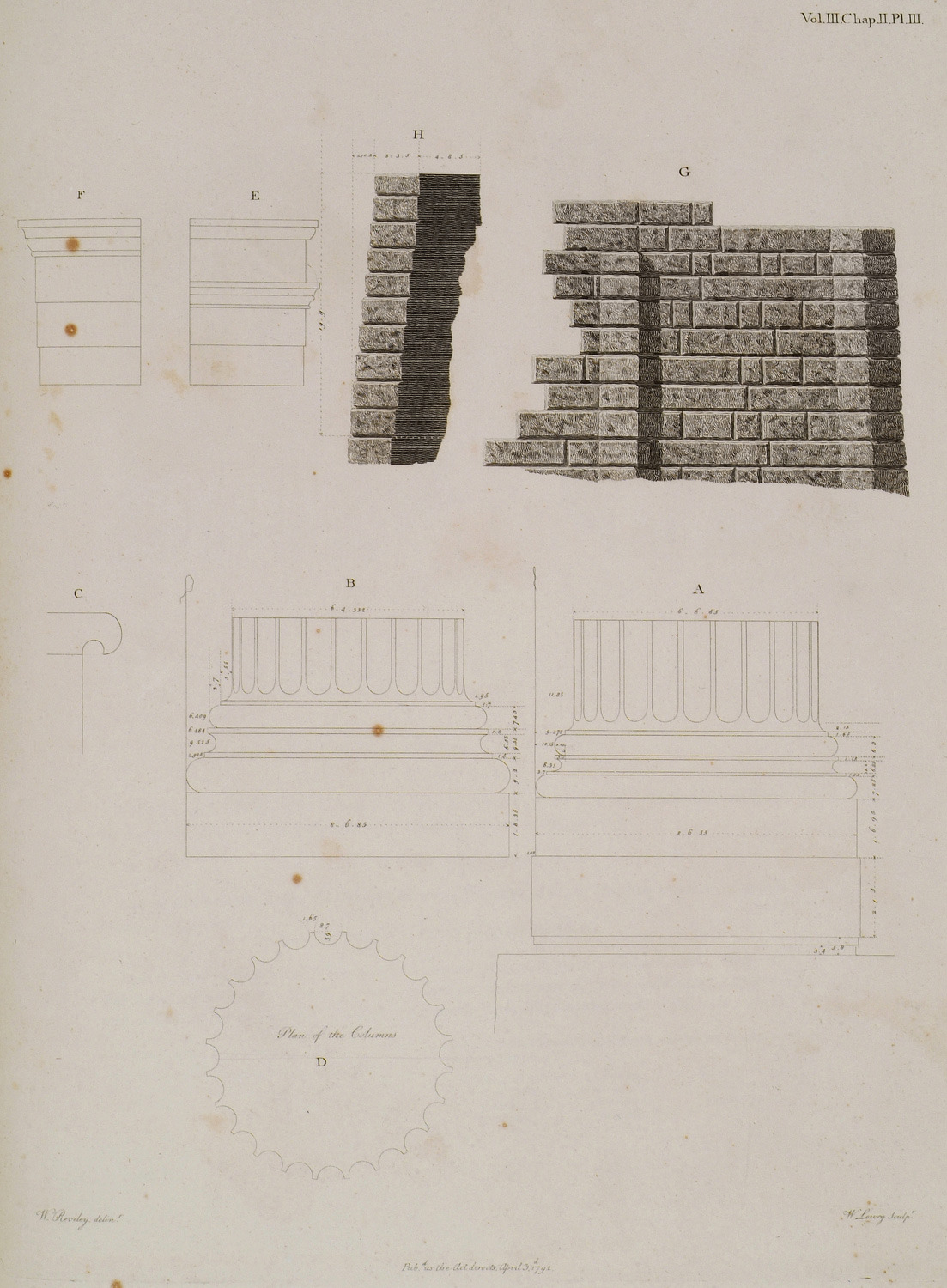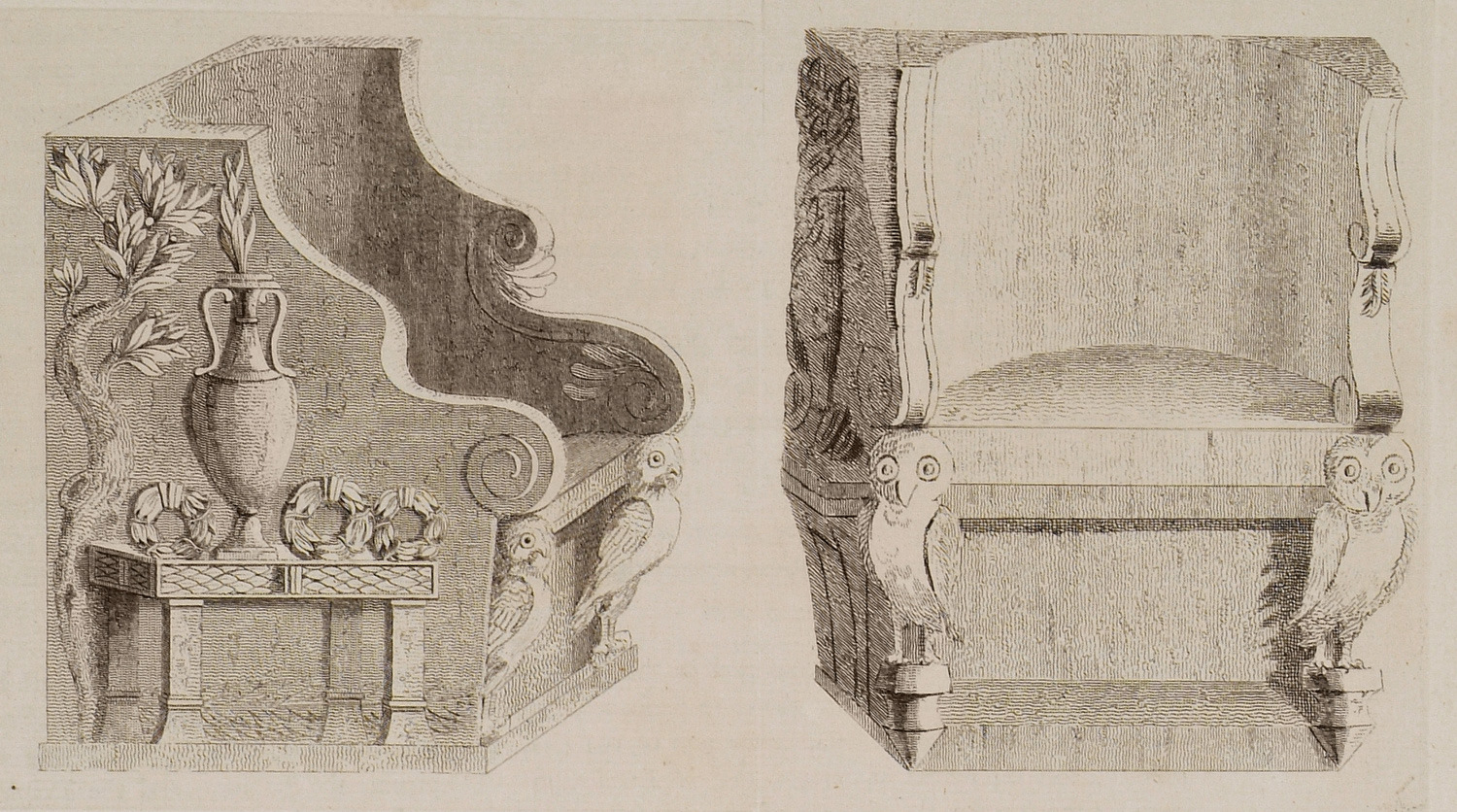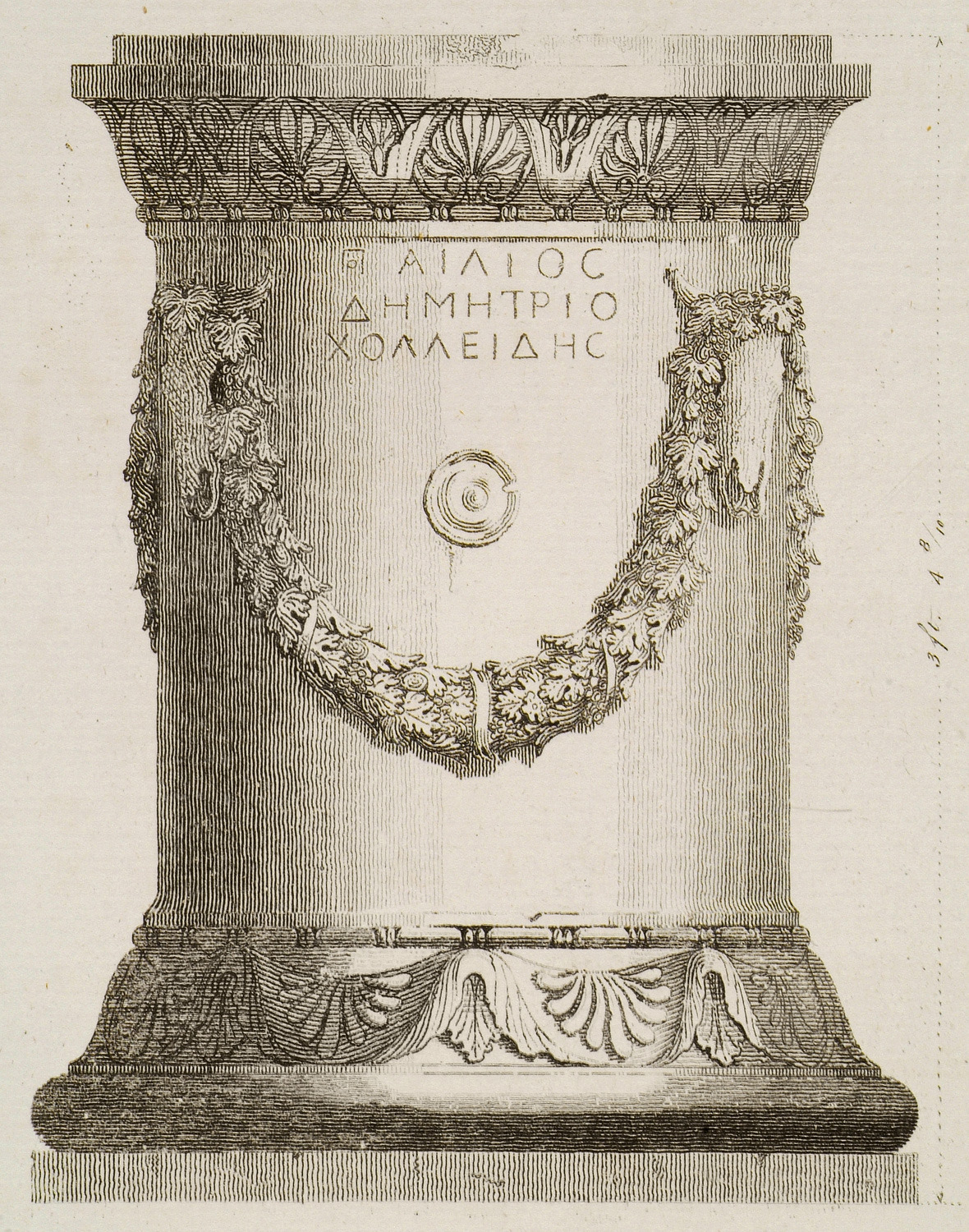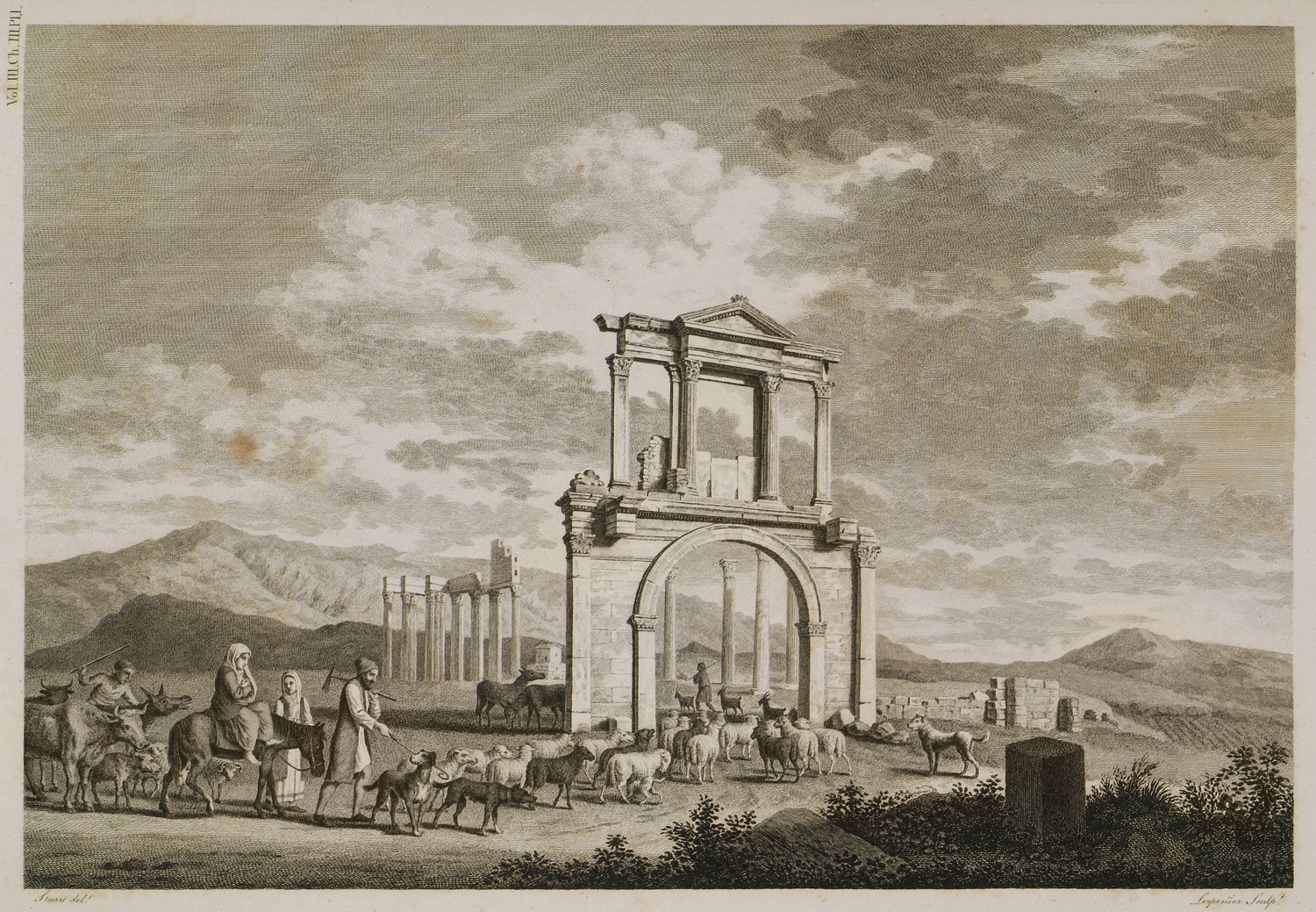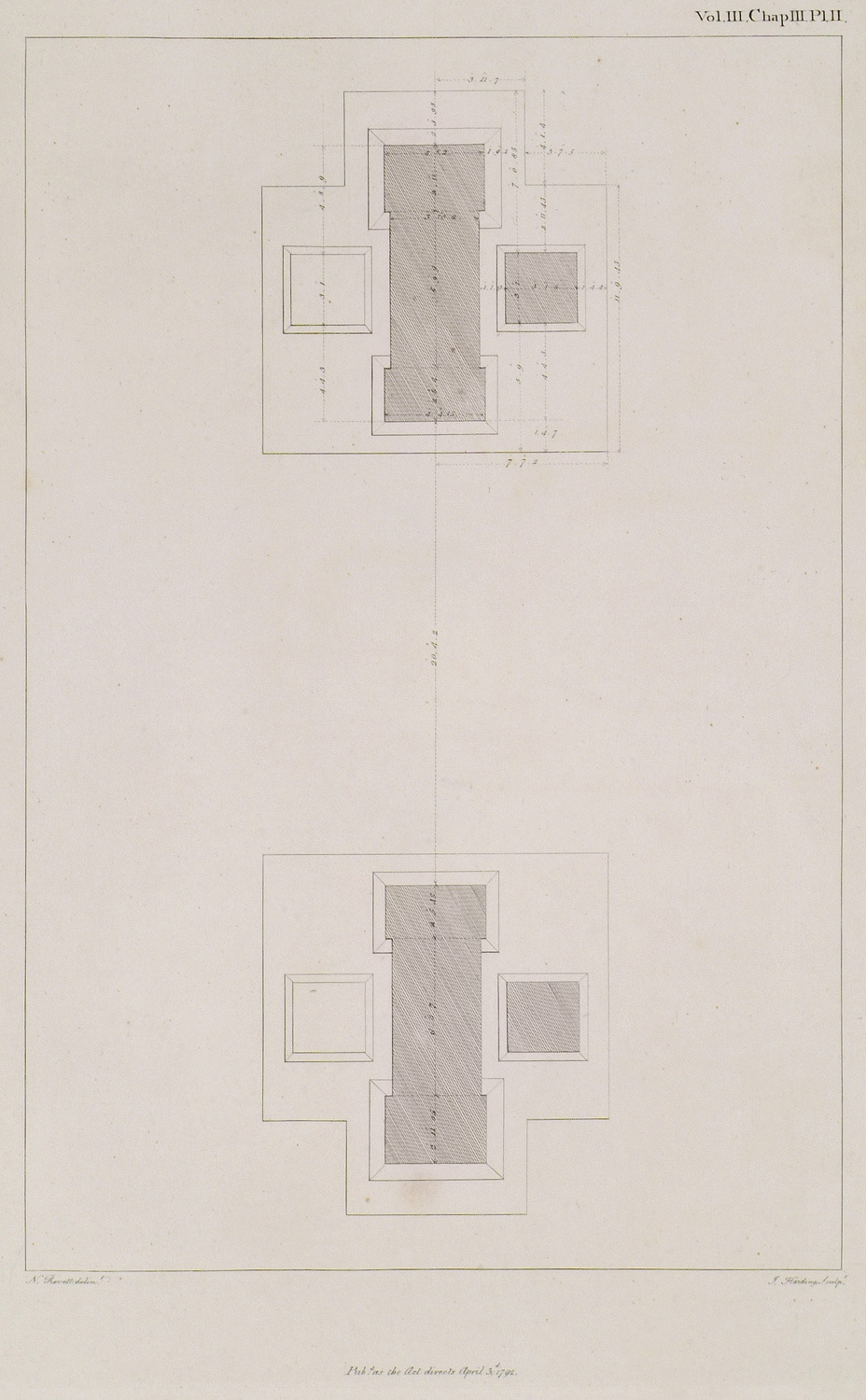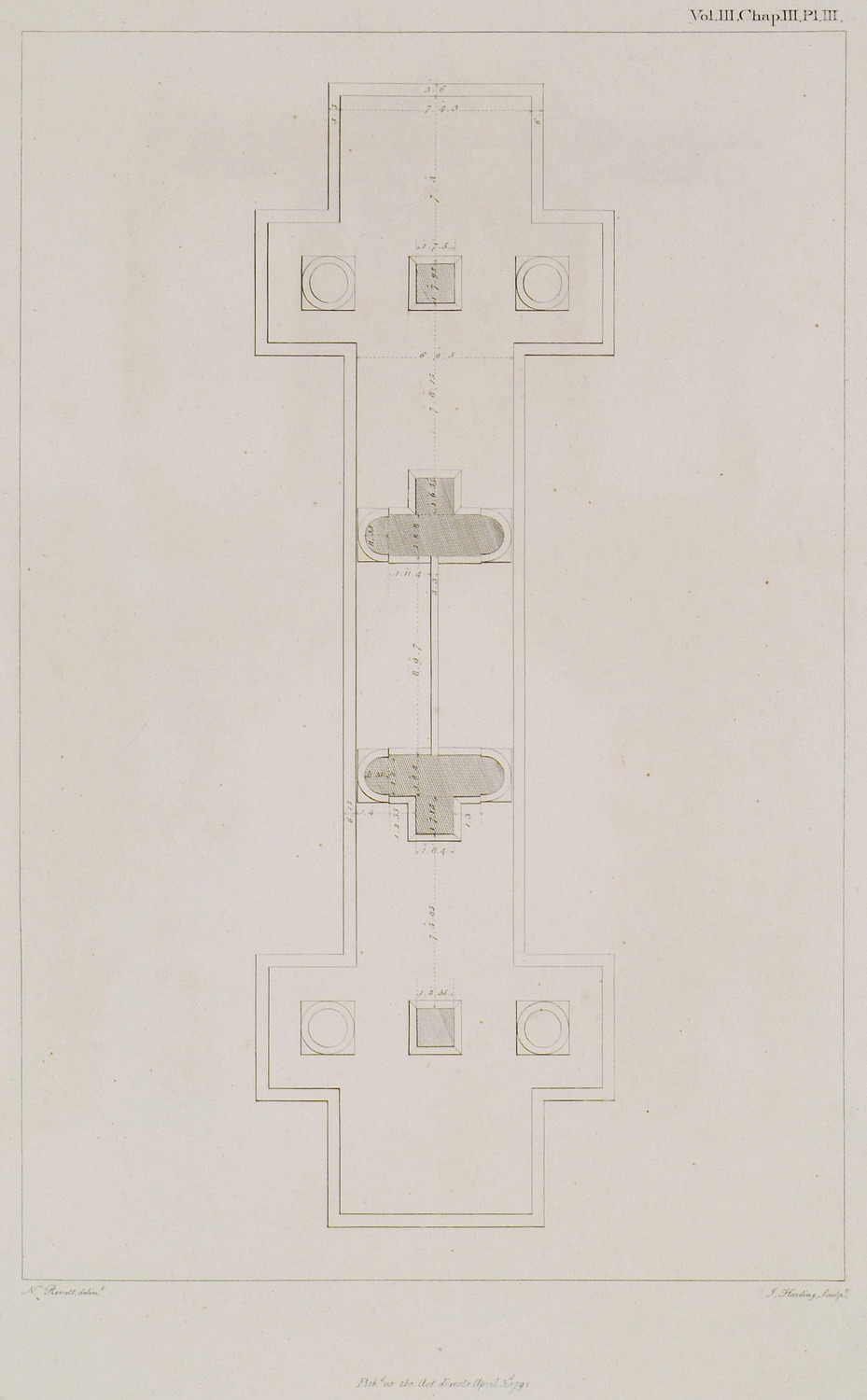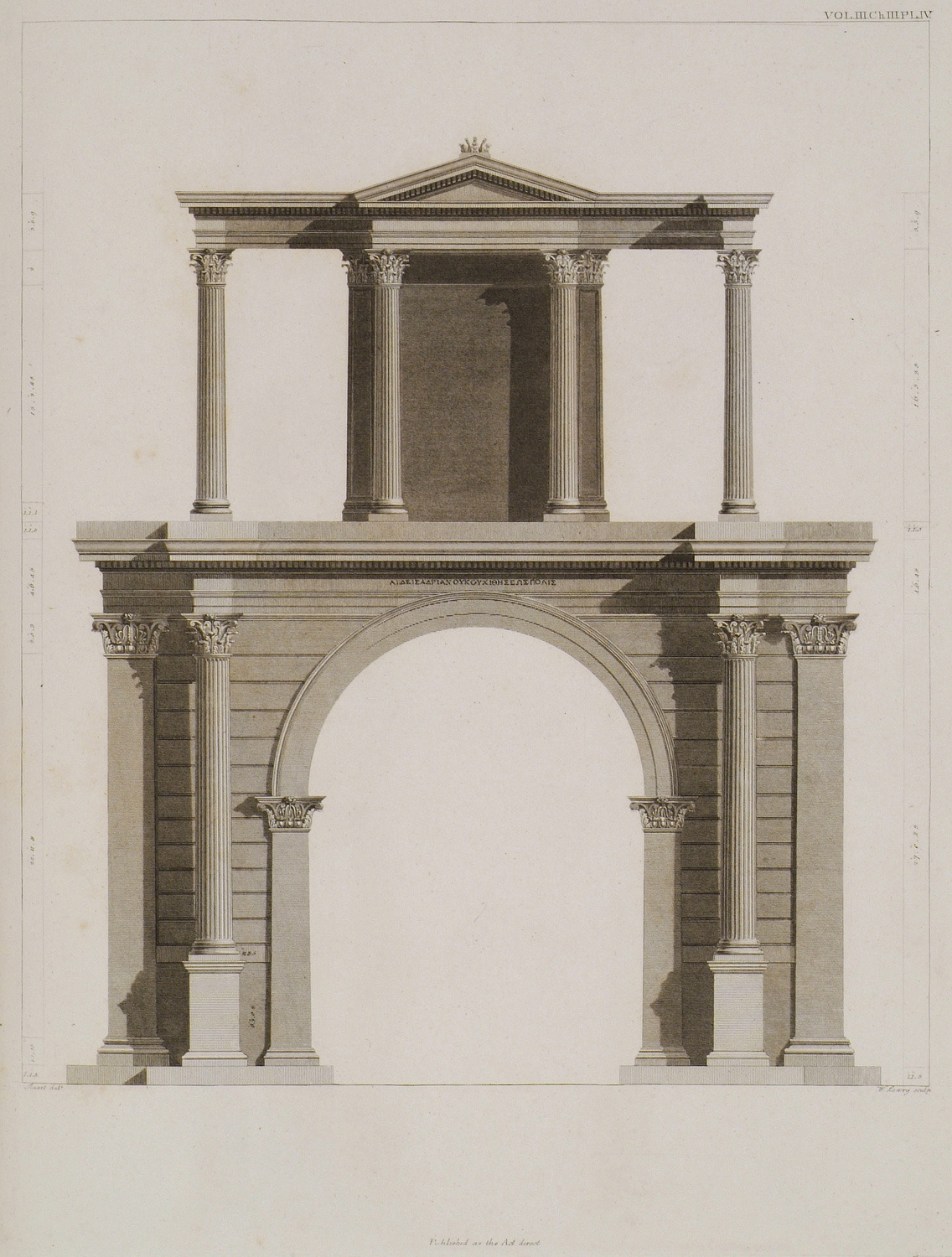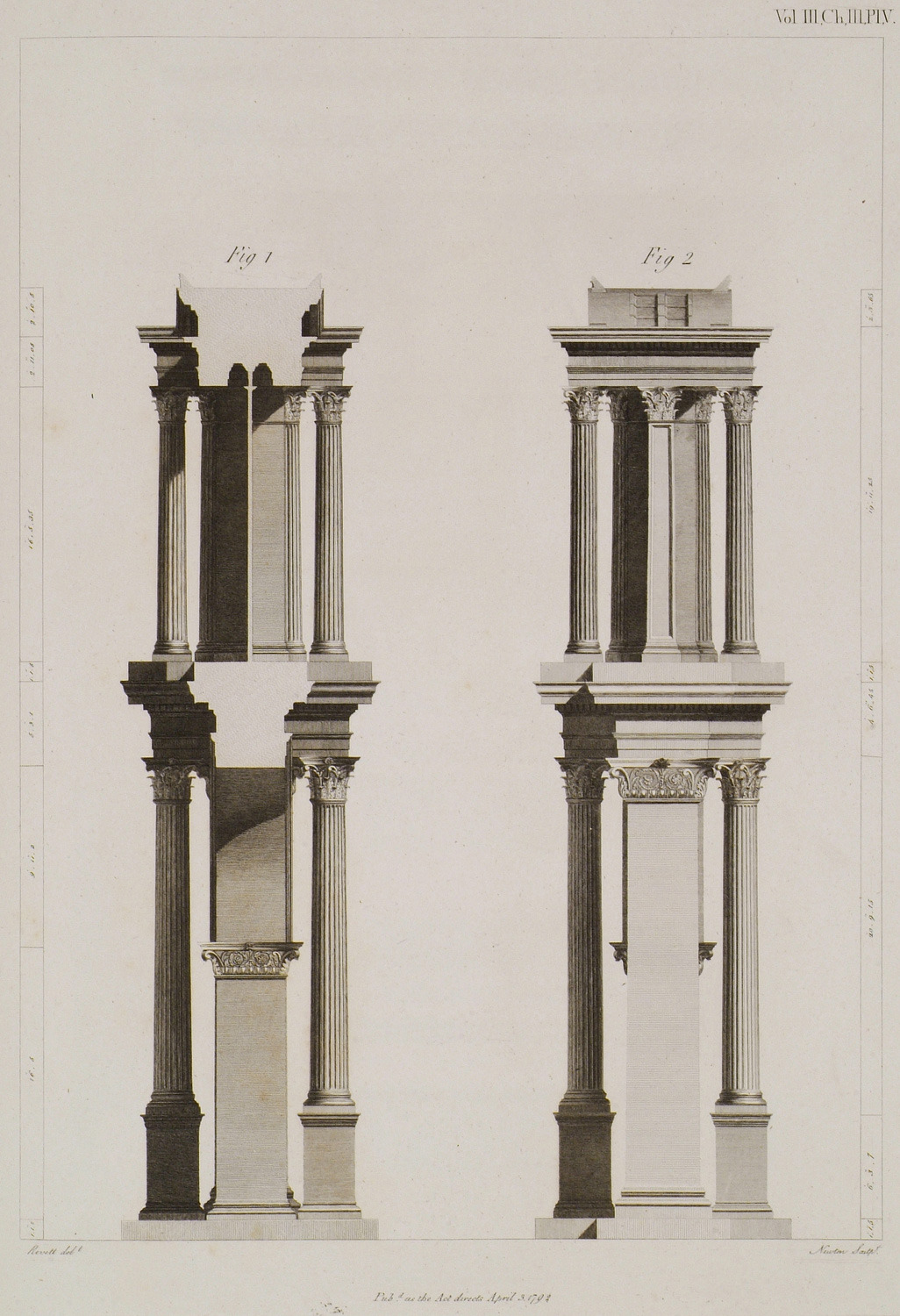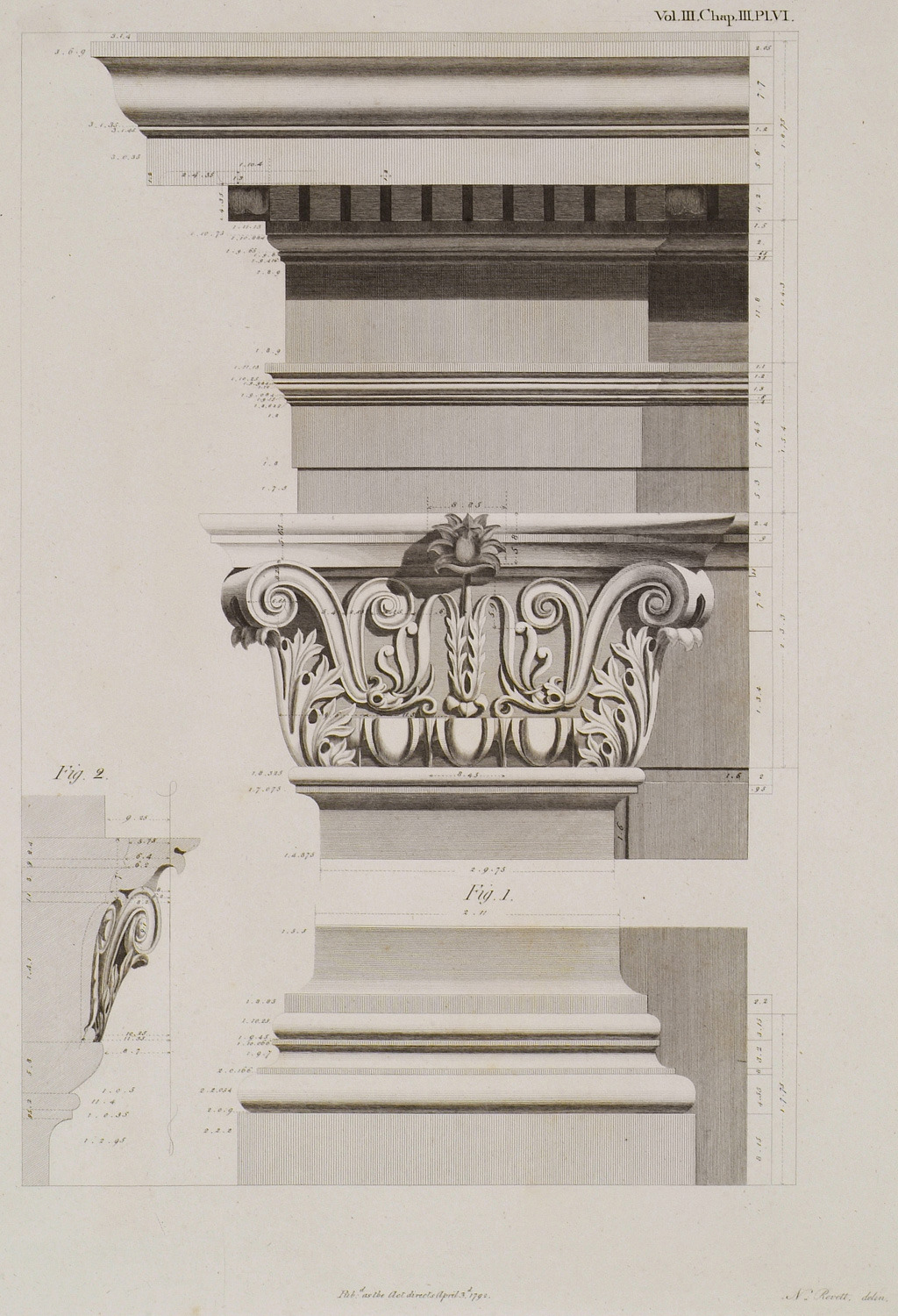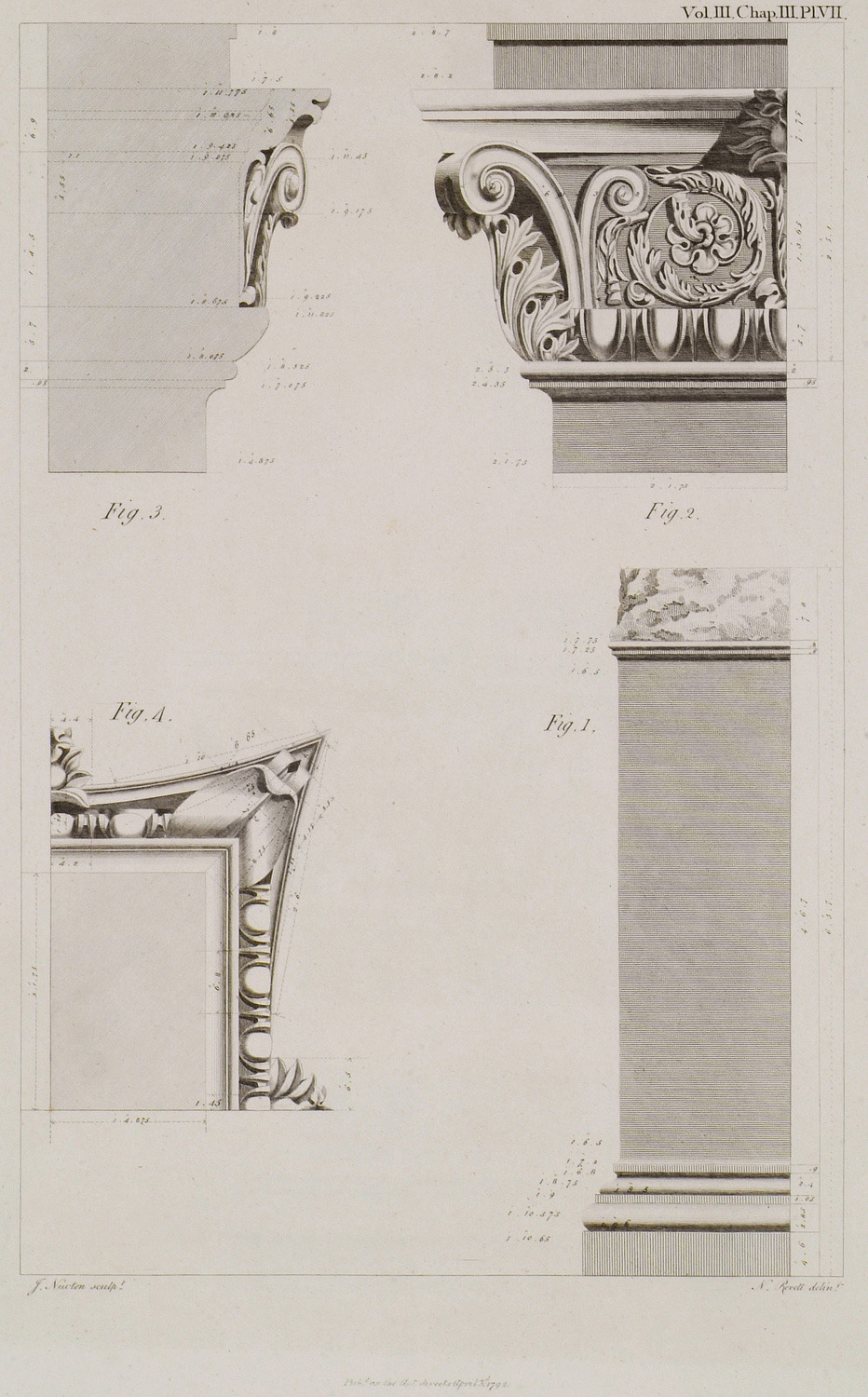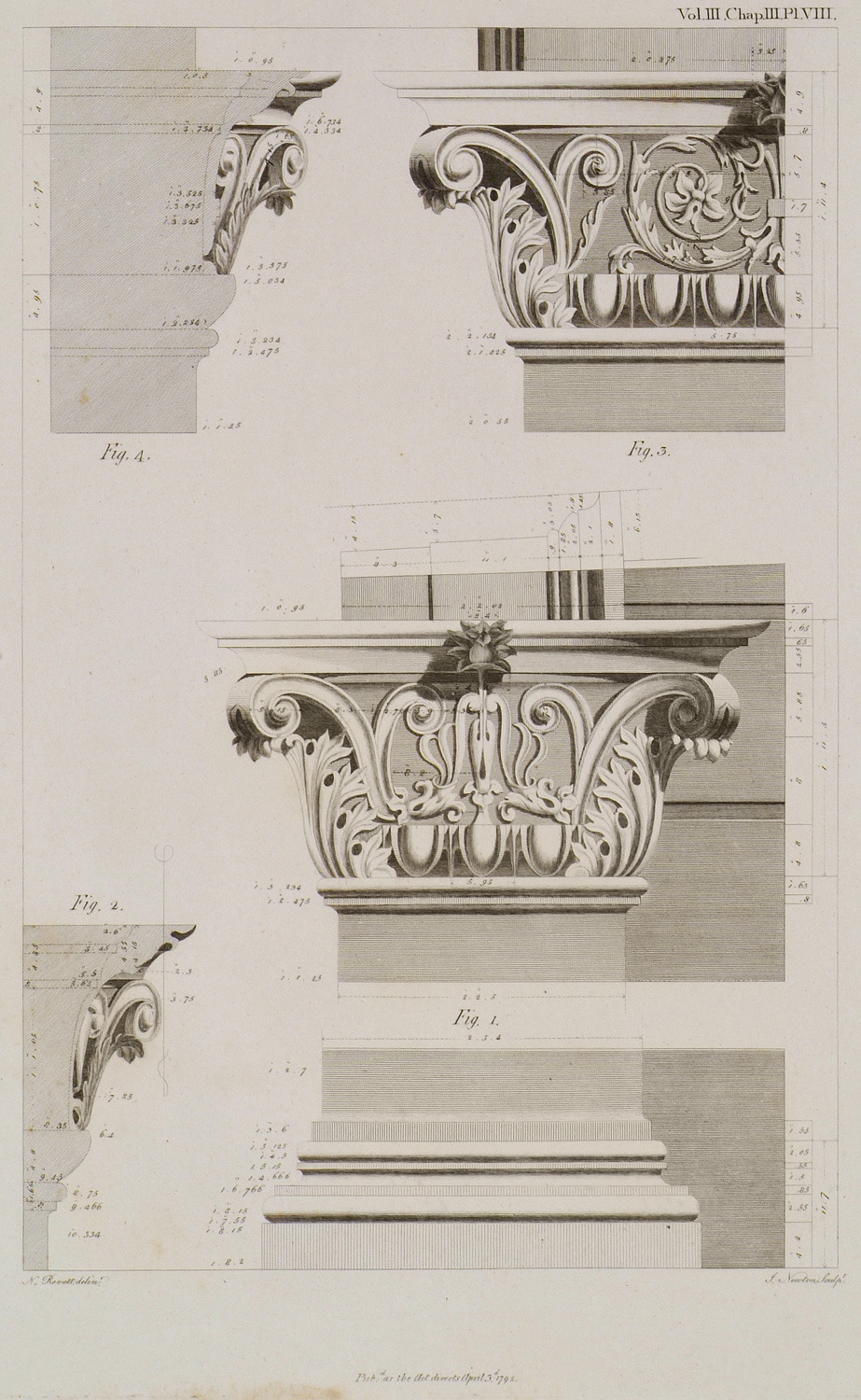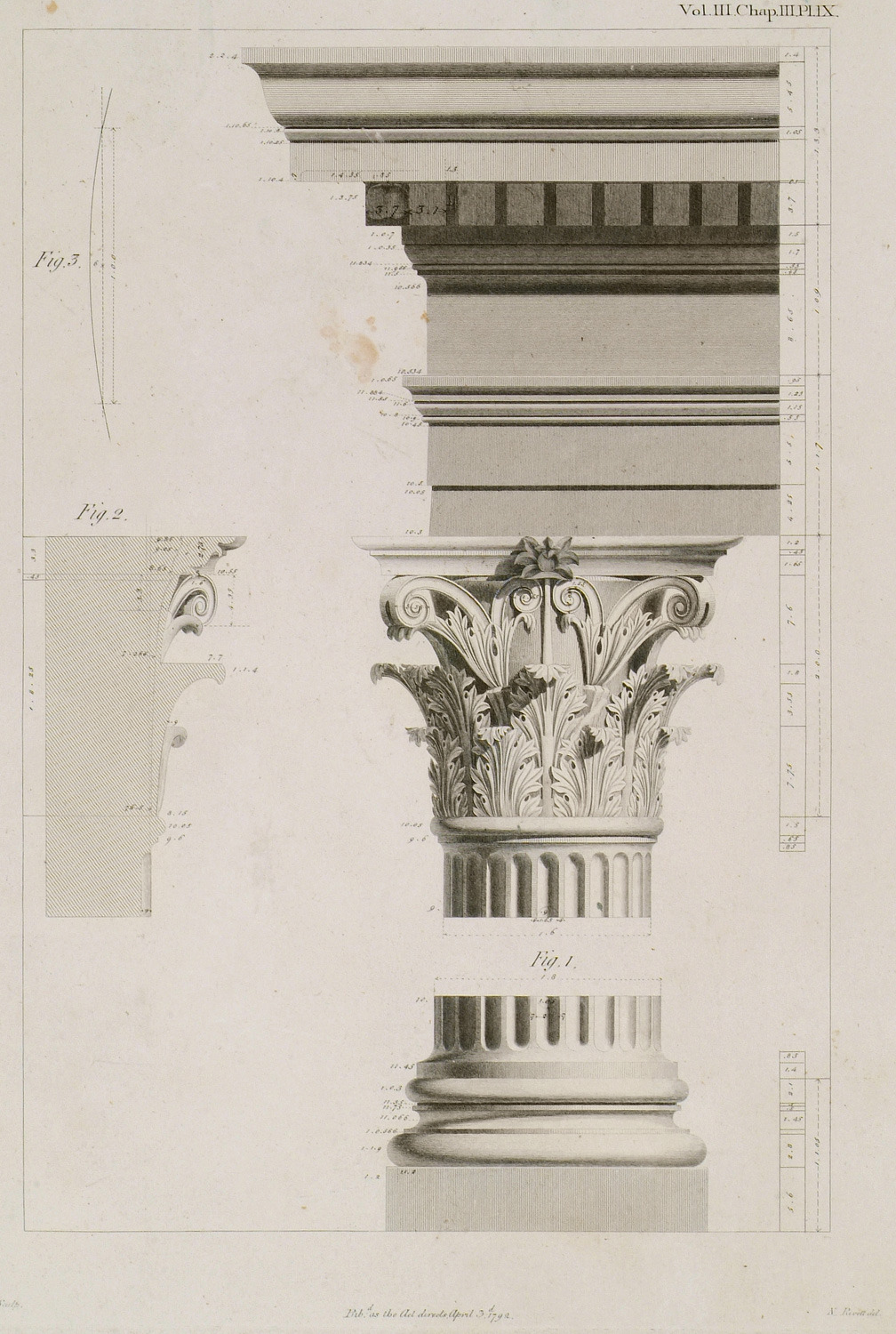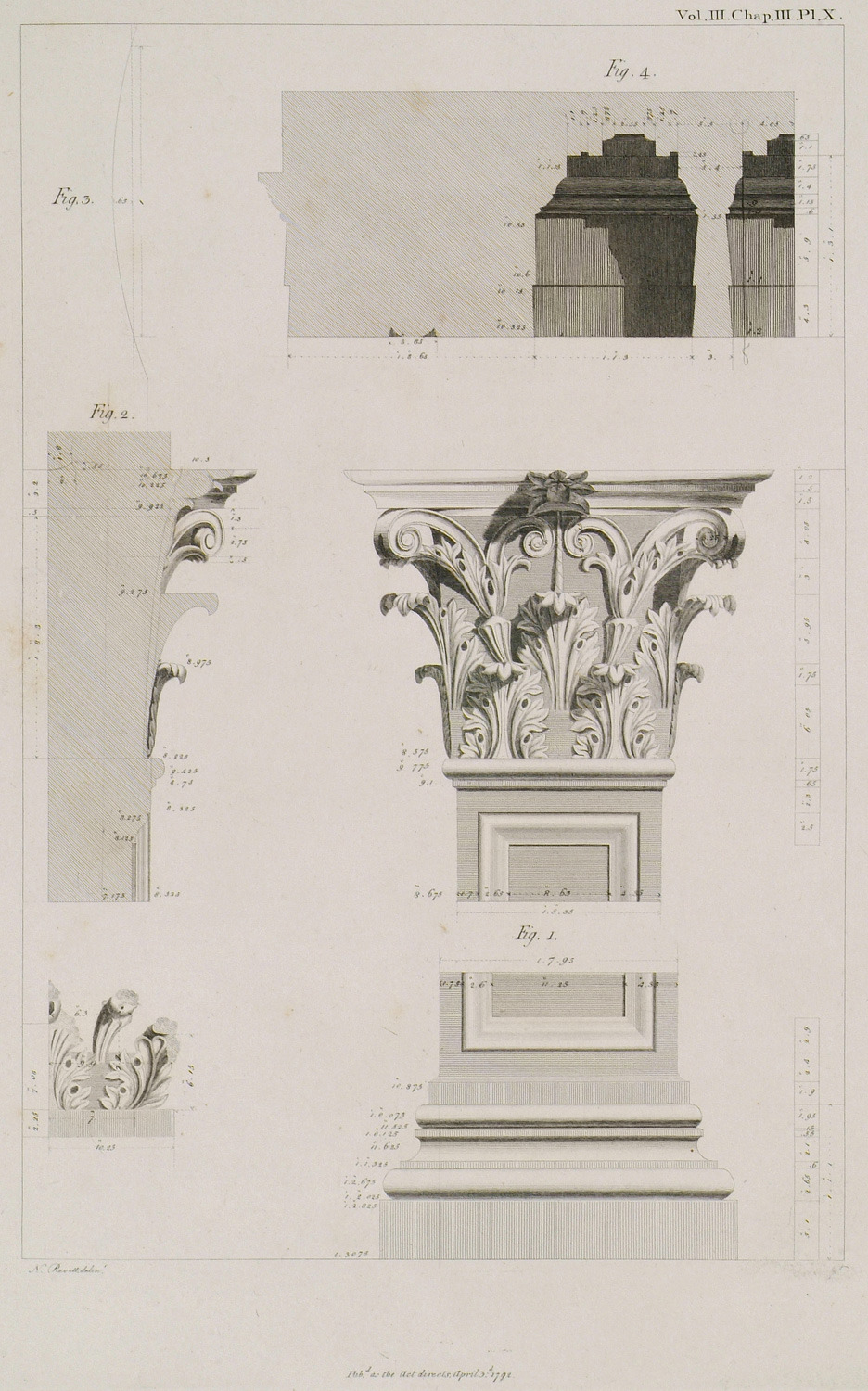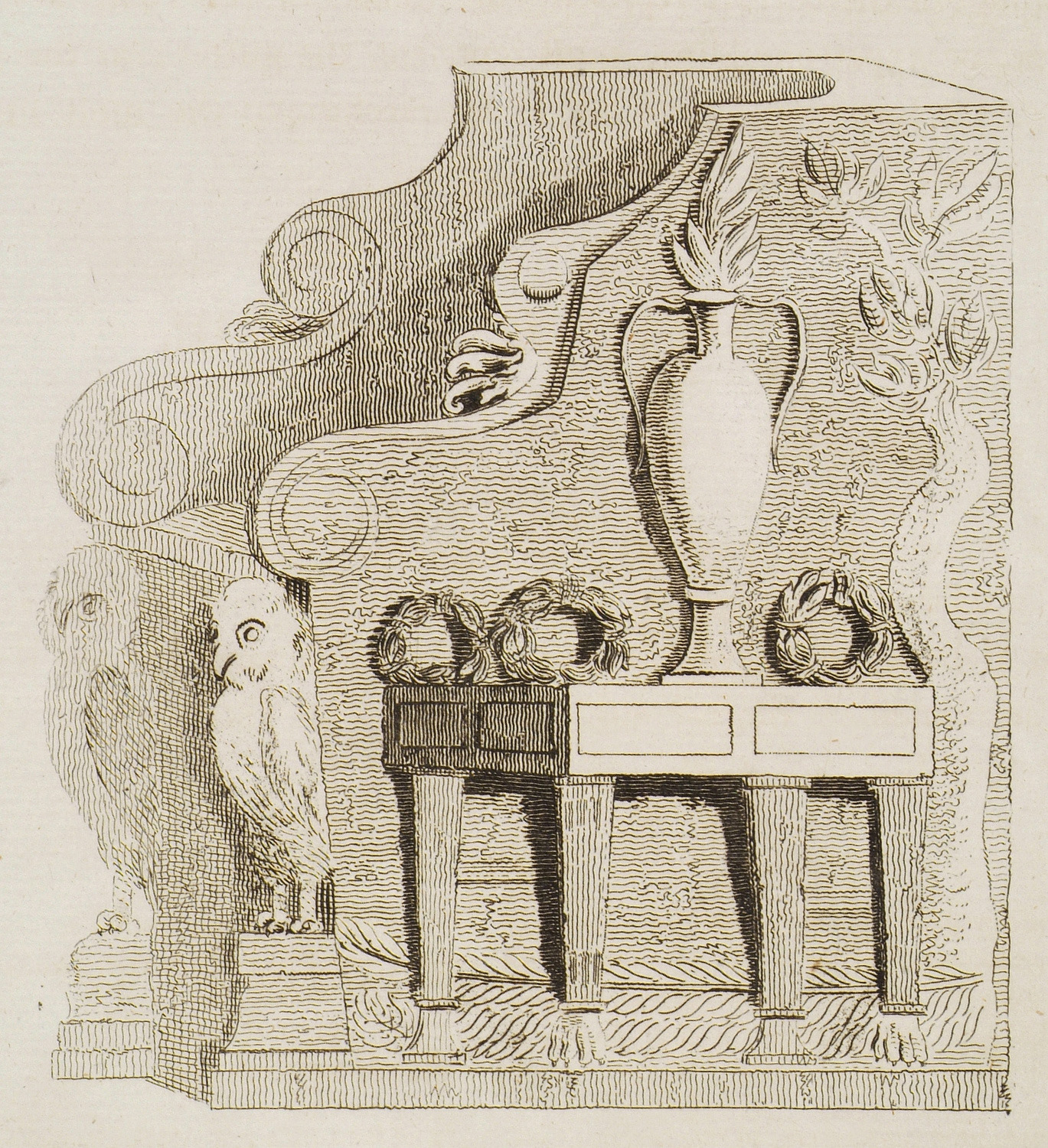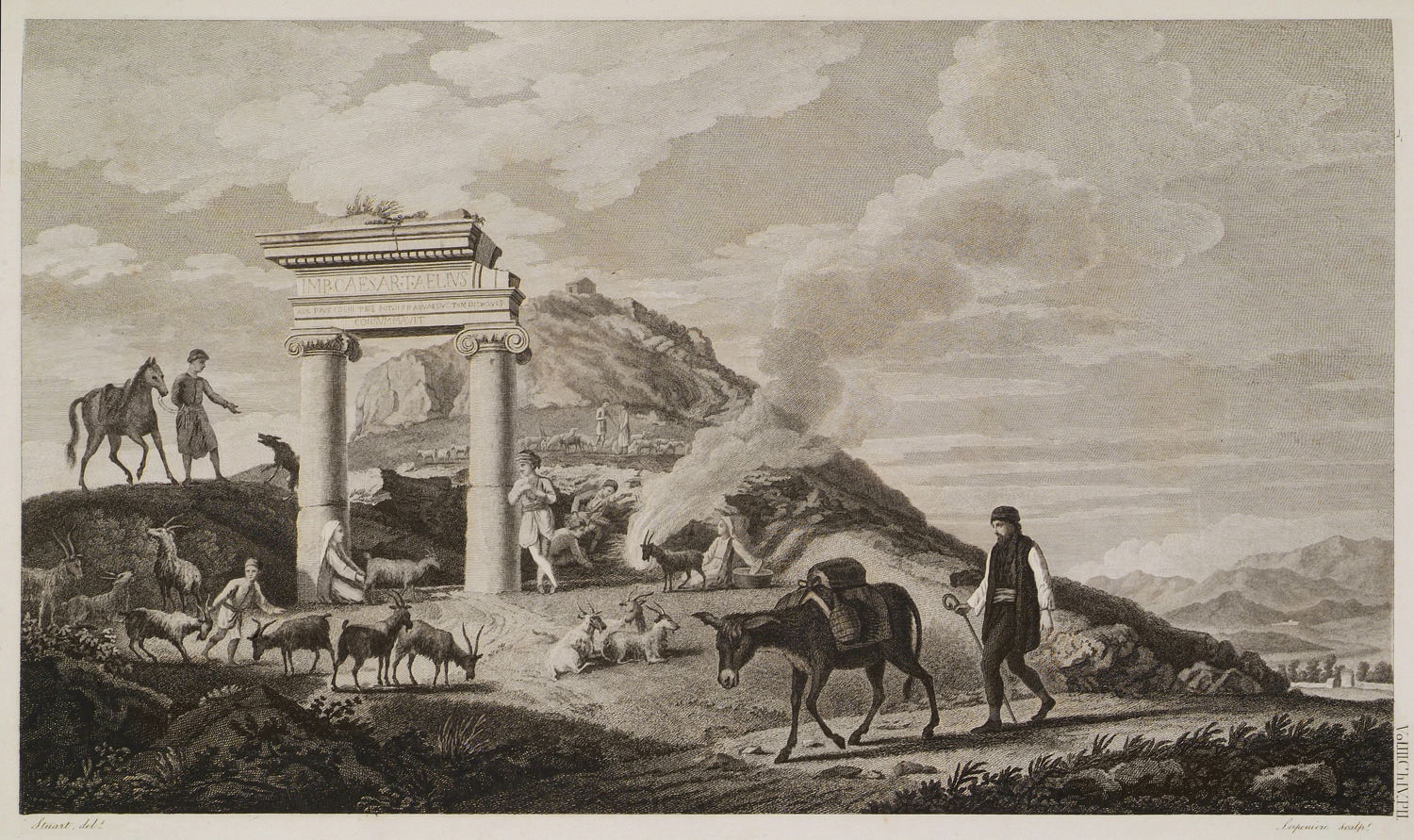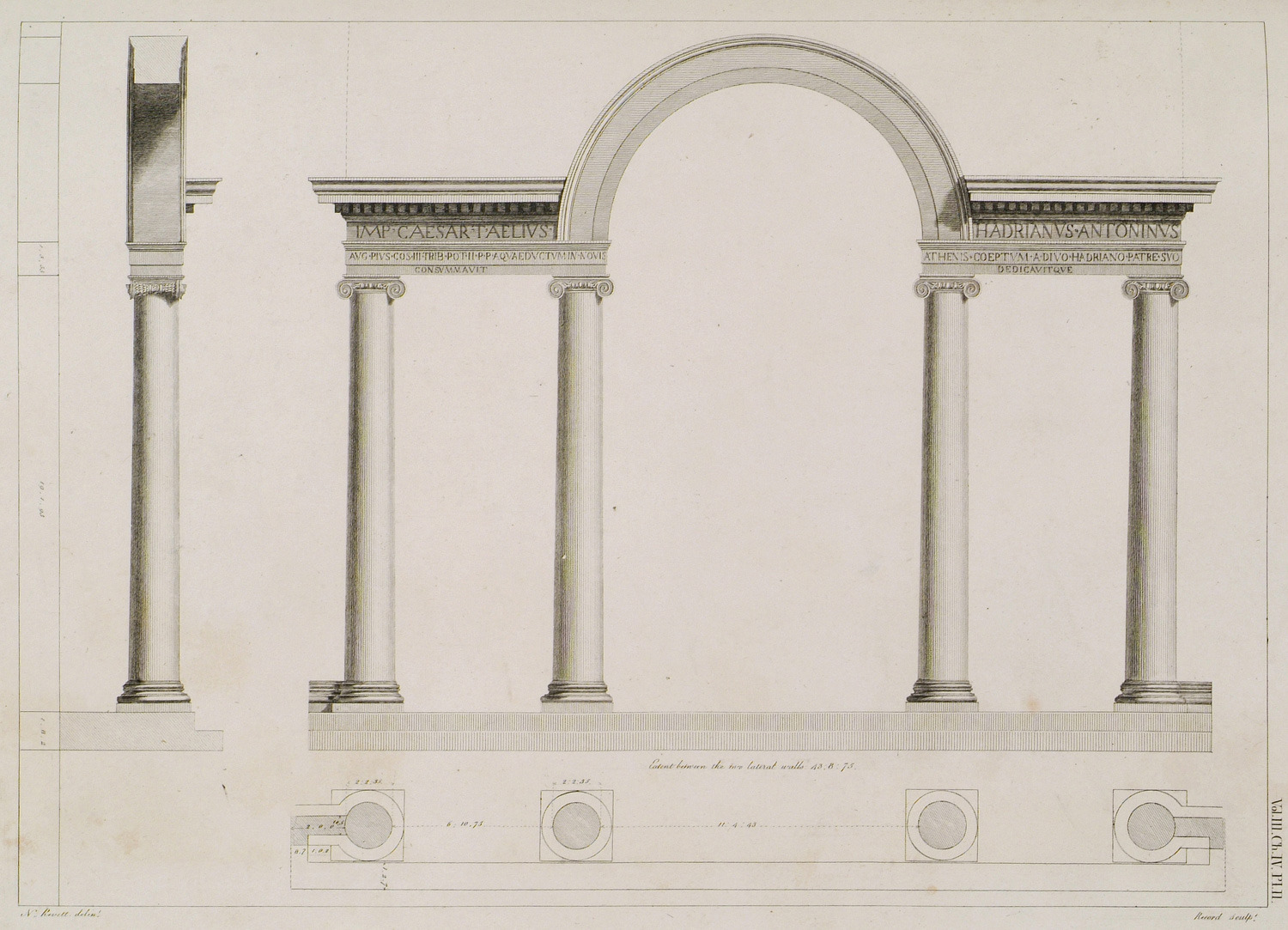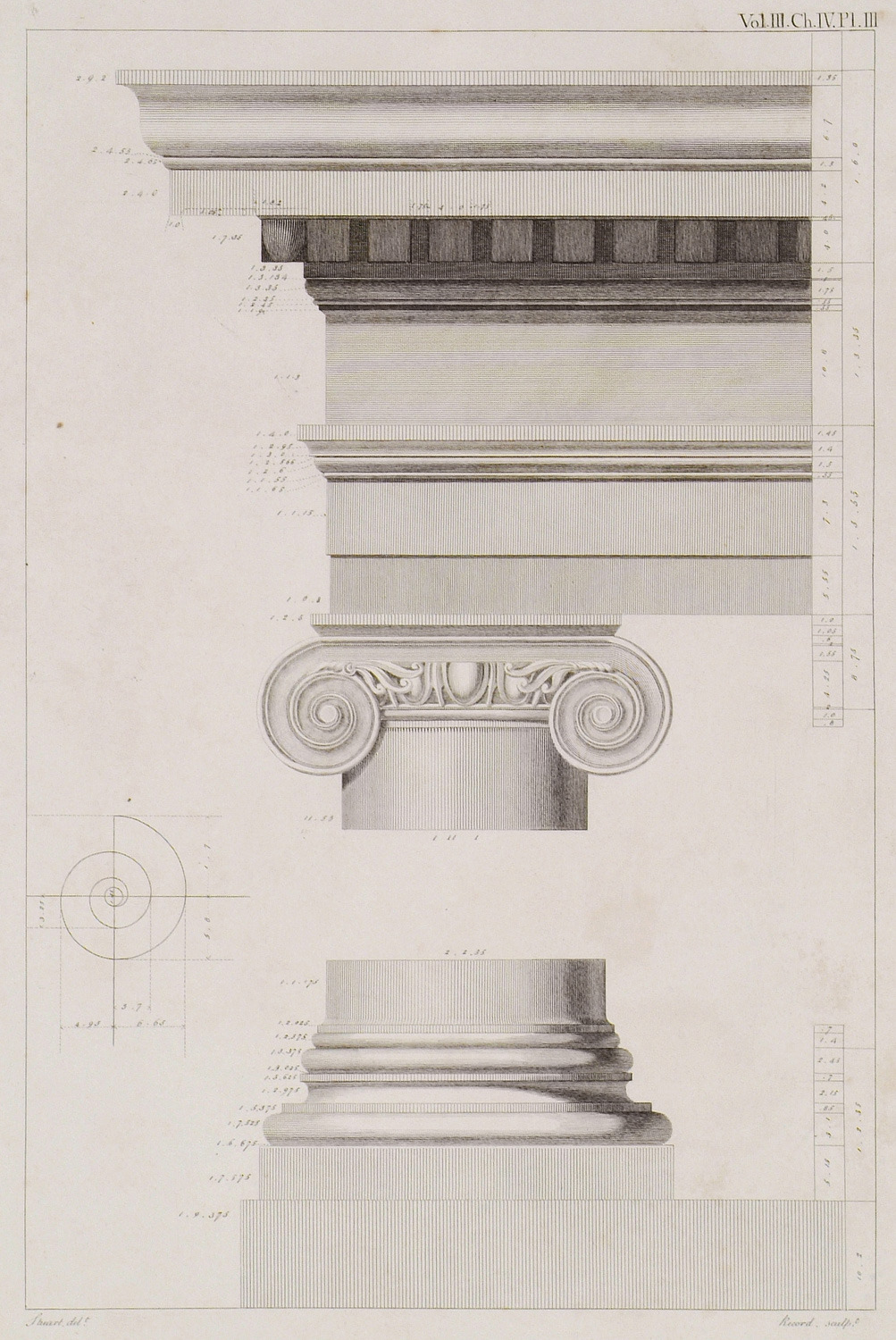Attica (1797 Subjects)
Temple of Hephaestus (Theseion), Athens: The sculpture in the frieze of the pronaos. Combat of Theseus and the Pallantides.
Temple of Hephaestus (Theseion), Athens: The sculpture in the frieze of the pronaos. Combat of Theseus and the Pallantides.
Temple of Hephaestus (Theseion), Athens: The sculpture in the frieze of the pronaos. Combat of Theseus and the Pallantides.
Temple of Hephaestus (Theseion), Athens: The sculpture in the frieze of the pronaos. Combat of Theseus and the Pallantides.
Temple of Hephaestus (Theseion), Athens: The sculpture on the frieze of the posticus, representing the Centauromachy.
Temple of Hephaestus (Theseion), Athens:The sculpture on the frieze of the posticus, representing the Centauromachy.
Temple of Hephaestus (Theseion), Athens:The sculpture on the frieze of the posticus, representing the Centauromachy.
Temple of Hephaestus (Theseion), Athens:The sculpture on the frieze of the posticus, representing the Centauromachy.
Relief showing vases from a church at Vari.
Funerary stele from a church, possibly in Athens.
The Temple of Olympian Zeus, Athens, from the sanctuary of Ilissus. In the foreground women dancing.
The Temple of Olympian Zeus, Athens: Plan of the temple, of which only those parts are shaded that remain.
Temple of Olympian Zeus, Athens: A. The base of the external columns, and of that marked F, in Plate II proving it to have been an external column B. The base of the internal columns, of which the plinth is continued, and form a step entirely round the temple. C. The profile of the astragal at the top of the shafts of the columns drawn by the eye from below. D. Plan of a column, with its flutings. E. Profile of the external face of the external architrave. G. Part of the wall of the peribolus on the South side, shewing the angular buttress. H. Section of the same, shewing its inclination, with a buttress in profile.
Marble seats, one of which is from Kaisariani Monastery, Athens.
Marble altar from the church of Agios Andreas, Athens.
The Arch of Hadrian in Athens with the temple of Olympian Zeus. The temple of Artemis Agrotera in the background. Arvanite shepherds are taking their sheep to graze.
Plan of the lower part of Hadrian's Arch, Athens.
Plan of the upper part of the Arch of Hadrian, Athens.
The Arch of Hadrian, Athens: Elevation of the fronts facing the south-east.
The Arch of Hadrian, Athens: Fig. 1. Section through the centre of the arch, and of the niches. Fig. 2. Elevation of one end of the arch, showing the connection of the columns in the second order.
The Arch of Hadrian, Athens: Fig. 1. Capital and base of the antae at each extremity of the arch, with the entablature of the lower order of the building, as seen on each front. Fig. 2. A section through the front face of the capital.
The Arch of Hadrian, Athens: Fig. 1: Half the front of the pedestals in the lower order. Fig. 2: Half the front of the capital of the antae on the flank of the arch. Fig. 3: A section through the front of the capital. Fig. 4: The plan of half the front face, and half the flank face of the capital.
The Arch of Hadrian, Athens: Fig. 1: The front of the capital, and base of the antae that support the arch, with the profile mouldings of the archivolt. Fig. 2: The section through the front of the capital. Fig. 3: Half the lateral face of the capital. Fig: 4. The section of the lateral face of the capital.
The Arch of Hadrian, Athens: Fig. 1. The capital and base of the half columns in the upper order of the arch, with the entablature they support. Fig 2. Section through the capital. Fig. 3. Curve of the abacus of the capital, taken on its listel.
The Arch of Hadrian, Athens: Fig. 1. The capital and base of the Attic square columns on the upper order. Fig. 2. A section through the capital. Fig. 3. The curve of the abacus; of the capital taken upon the listel under the ovolo. Fig. 4. A section of the architrave, and lacunaria, in the soffit of the niches, with the partition between them, which still remains as low as to the bottom of the capitals. Fig. 5. Half the flower upon the apex of the pediment, in its present state.
Ancient sling pellet and arrows from the bed of ilissus.
Ancient marble seat from Athens.
Remains of the portico of the reservoir of the Aqueduct of Hadrian (Dexameni) at the foot of Lycabettus hill. Dairy farm belonging to Arvanites. A woman is milking her goat to make kaymak. A man has come on horseback to buy dairy products. A monk of Hagioi Asomatoi monastery is going to town with his donkey which is carrrying olives and wine. Mount Hymettus and Kaisariani monastery in the background.
Aqueduct of Hadrian (Dexameni), Athens: The plan, elevation and section of this frontispiece.
Aqueduct of Hadrian (Dexameni), Athens: The base, capital and entablature of this building.


